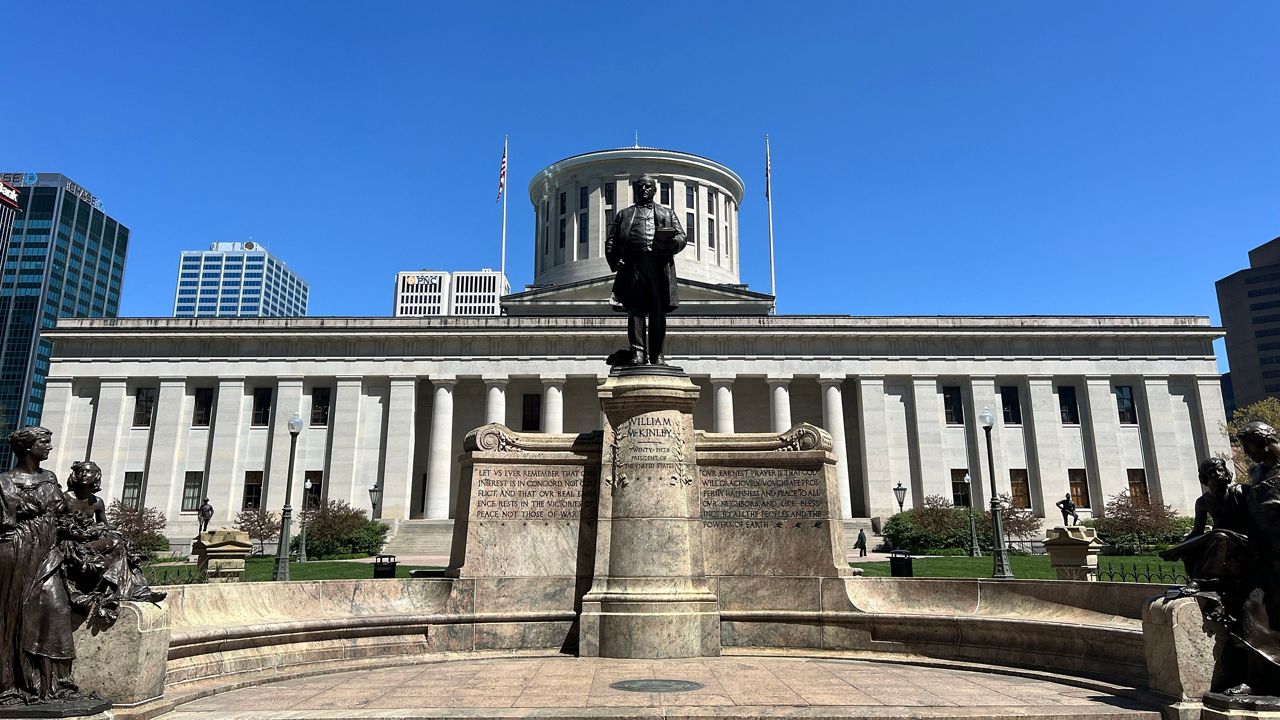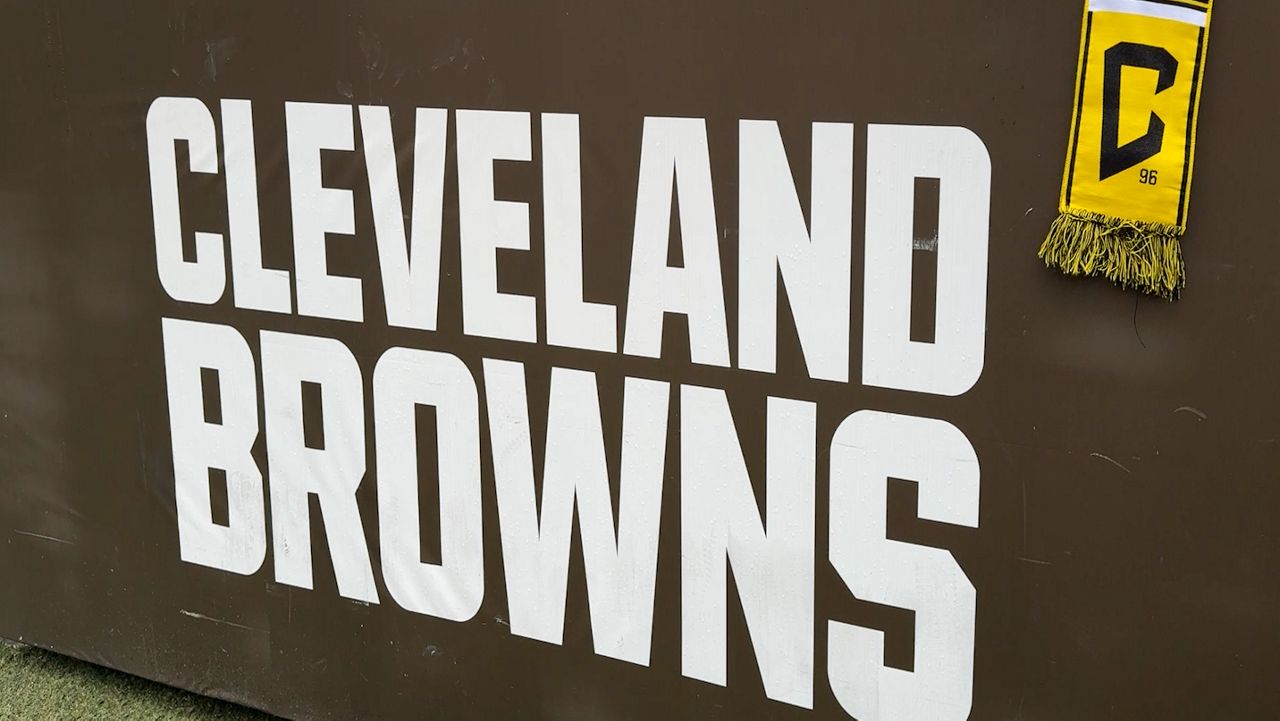CLEVELAND — About a quarter of Cleveland households don’t have a car, according to Census Bureau data.
Mario Pollard is part of that group. He said he relies on other means of transportation to get around, like public transit.
“We need to make sure what we have in place is already functioning to where people can use it as they need,” Pollard said.
The Greater Cleveland Regional Transit Authority serves between 150,000 and 200,000 customers on the average weekday on dozens of routes.
The Center for Neighborhood Technology ranks the system in the top 10 across the country.
Pollard said an injury is preventing him from being able to drive for the time being and he’s lucky to live in Ohio City because many of the frequent bus routes run through his neighborhood.
When a bus driver passed him by while he stood at a stop on his way to run an errand, he said he had to wait 32 minutes for the next one.
“Well, that is unfortunately a common occurrence sometimes,” Pollard said. “The bus is just gonna pass you up right there at the bus stop.”
Pollard is a member of a citizen-led coalition called Clevelanders for Public Transit.
They advocate for safe, accessible, reliable and affordable transit.
As of now, the busiest routes are supposed to have buses come through every 15 minutes.
Other routes see less frequent buses — once every 30 minutes or hour.
One thing Pollard and other members of Clevelanders for Public Transit are pushing for is more frequent buses on the routes the GCRTA has already established.
“The biggest improvement will come with the frequency of service, and we feel that will improve the whole system overall,” he said.
Joel Freilich, GCRTA’s Service Management Director, said they take riders’ wants and needs into great consideration when adjusting their services.
He said they’ve heard the calls for more frequent buses and are working to make that happen, but they’ve faced some roadblocks.
“Historically, over a long period of time, we’ve had both money challenges and driver challenges,” Freilich said. “Right now, our driver challenge is much more acute than our money challenge.”
Freilich said they have the funding to hire at least 100 more drivers but finding employees has been their greatest challenge.
Despite that, he’s proud of the public service GCRTA provides and believes it is possible for residents to choose to live without a car and depend on their system, especially on the network that runs 24/7.
“It is realistic for a person of low, middle or high income to decide I’m going to live on that network, and I’m not going to have a car in my household,” Freilich said. “It is really realistic here.”
Pollard said he is grateful it is possible to get around without a car, and sometimes, like on his ride home from this errand, he gets lucky by catching a bus right when he needs it.
But he still believes RTA should continue working to improve services for all residents.
“Normally I would have to be waiting for at least another half hour until the bus comes,” he said. “But luckily things lined up today, and this should be the standard of traveling in the city.”
Leaders with GCRTA said they’re always looking to hear from residents on how they can improve services.
To do so, you can contact their community connection line at 216-621-9500 or submit feedback here.







)


